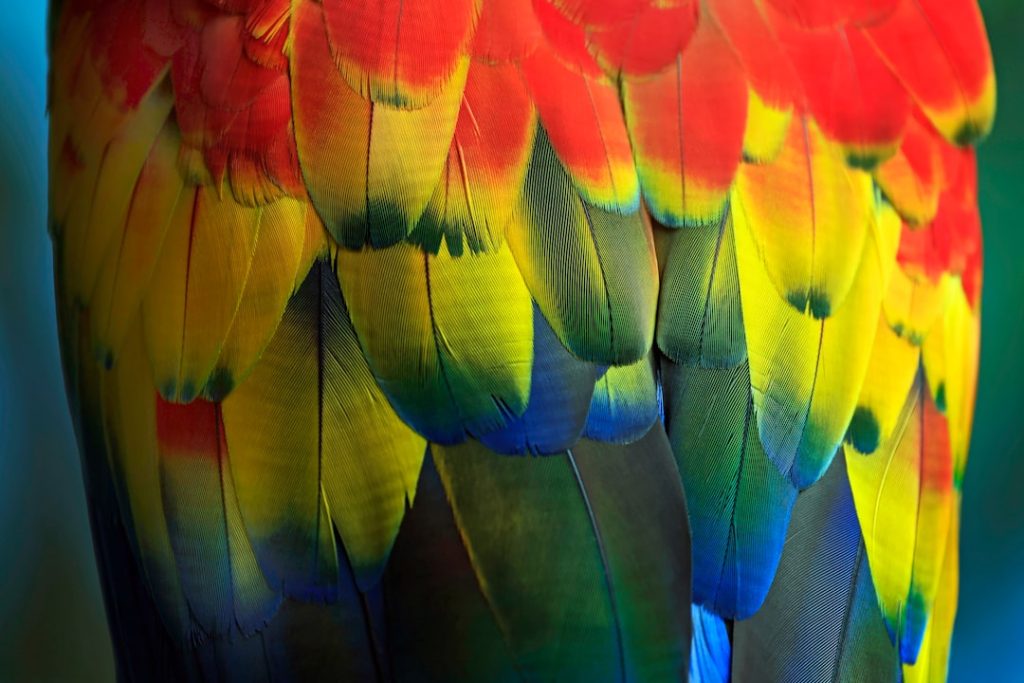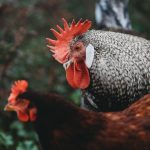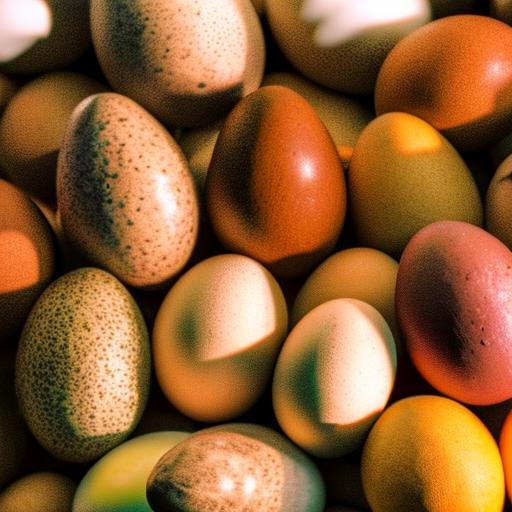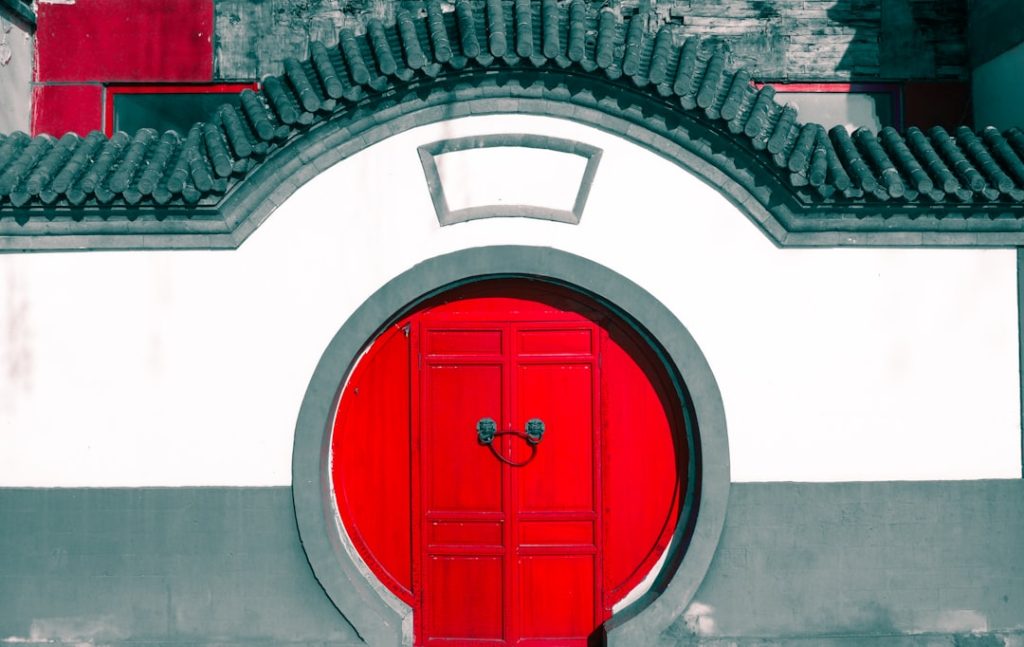Rare chicken breeds represent a diverse group of poultry that have been selectively bred and maintained over time. These breeds are distinguished by their unique physical characteristics, including feather coloration, comb types, and body sizes, as well as their specific behavioral traits. Some rare breeds are valued for their egg production, while others are prized for meat quality or ornamental purposes.
These breeds are typically less common than commercial varieties and many face the risk of extinction due to dwindling populations and limited public awareness. However, dedicated breeders and conservationists are actively working to preserve and promote these rare chicken breeds to ensure their survival for future generations. Rare chicken breeds exhibit a wide range of physical attributes and temperaments, making them popular among backyard poultry enthusiasts and small-scale farmers.
Examples include the Polish breed, known for its distinctive feathered crest, and the Serama, recognized as the world’s smallest chicken breed. These rare breeds also display diverse behavioral characteristics, with some known for their docile and friendly nature, making them suitable as family pets, while others are more independent and well-suited for free-range environments. Rare chicken breeds offer options for various purposes, including egg production, meat production, and companionship, catering to different preferences and needs of poultry keepers.
Table of Contents
- 1 Characteristics and Traits of Rare Chicken Breeds
- 2 History and Origins of Rare Chicken Breeds
- 3 Conservation and Preservation Efforts for Rare Chicken Breeds
- 4 Popular and Lesser-Known Rare Chicken Breeds
- 5 Challenges and Benefits of Raising Rare Chicken Breeds
- 6 The Future of Rare Chicken Breeds
- 7 FAQs
Key Takeaways
- Rare chicken breeds offer unique genetic diversity and traits that can be valuable for the poultry industry and backyard chicken enthusiasts.
- Characteristics of rare chicken breeds can include unique plumage, egg color, and temperament, making them interesting and valuable for conservation efforts.
- Rare chicken breeds have a rich history and diverse origins, often tied to specific regions and cultural traditions.
- Conservation and preservation efforts for rare chicken breeds are crucial to prevent genetic erosion and maintain biodiversity within the poultry industry.
- Popular rare chicken breeds like the Ayam Cemani and the Silkie are well-known, but there are many lesser-known rare breeds that also deserve attention and conservation efforts.
Characteristics and Traits of Rare Chicken Breeds
Unique Feather Colors and Patterns
One of the most striking features of rare chicken breeds is their diverse range of feather colors and patterns. From the vibrant plumage of the Phoenix breed to the lustrous black feathers of the Ayam Cemani, rare chicken breeds offer a stunning array of colors to choose from.
Diverse Comb Types and Physical Traits
In addition to their eye-catching feathers, many rare chicken breeds also exhibit unique comb types, such as the rose comb of the Sebright breed or the walnut comb of the Silkie breed. These distinctive physical traits make rare chicken breeds a popular choice for poultry enthusiasts looking to add some visual interest to their flocks.
Exceptional Egg-Laying and Meat Quality
Some rare chicken breeds are known for their exceptional egg-laying abilities, such as the Leghorn breed, which is prized for its large white eggs. Others are valued for their meat quality, such as the Cornish breed, which is renowned for its tender and flavorful meat.
Temperaments and Behavioral Traits
Rare chicken breeds also exhibit a diverse range of temperaments, with some breeds being more docile and friendly, while others are more independent and adventurous. These unique behavioral traits make rare chicken breeds a popular choice for poultry enthusiasts looking for a breed that suits their specific needs and preferences.
History and Origins of Rare Chicken Breeds
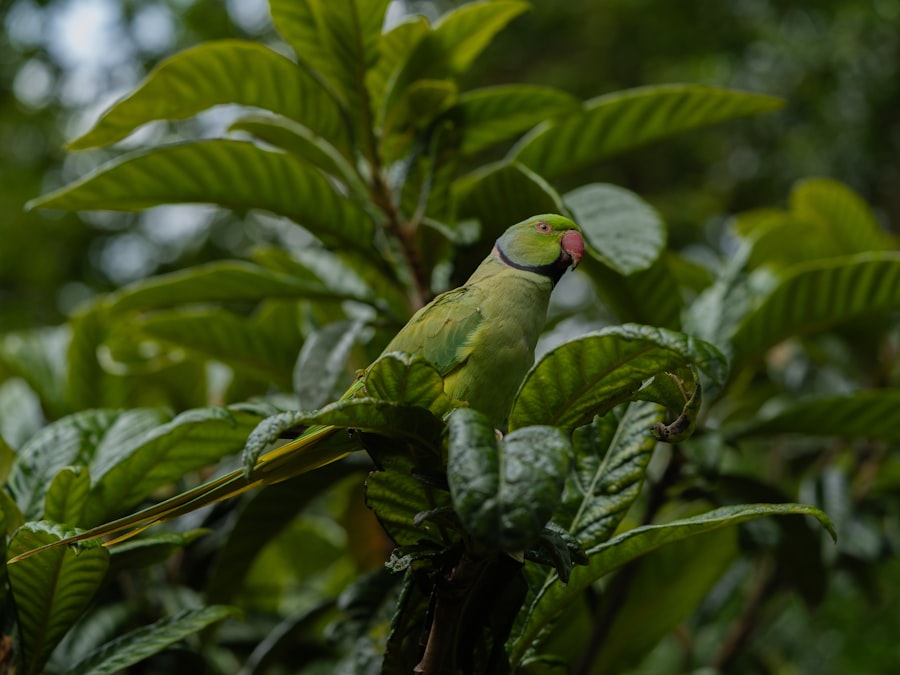
The history and origins of rare chicken breeds can be traced back hundreds, if not thousands, of years, with many breeds having ancient and storied origins. Some rare chicken breeds have been carefully bred and developed over centuries to exhibit specific physical and behavioral traits, while others have evolved naturally in response to their environment. For example, the Araucana breed, known for its distinctive blue eggs, is believed to have originated in South America and has been bred by indigenous peoples for generations.
Similarly, the Cochin breed, with its large size and fluffy feathers, has its roots in China and was brought to Europe in the 19th century where it quickly gained popularity. Many rare chicken breeds have also played important roles in agricultural and cultural traditions around the world. For example, the Sussex breed has been a staple of British poultry farming for centuries, prized for its excellent egg-laying abilities and flavorful meat.
In Japan, the ornamental Bantam breed has been revered for its beauty and grace, often featured in traditional art and literature. The rich history and origins of rare chicken breeds add to their appeal for poultry enthusiasts looking to connect with the past and preserve these important cultural traditions.
Conservation and Preservation Efforts for Rare Chicken Breeds
Conservation and preservation efforts for rare chicken breeds are crucial for ensuring the continued survival and well-being of these unique and valuable poultry varieties. Many rare chicken breeds are at risk of extinction due to declining populations and lack of awareness, making it essential for dedicated breeders and conservationists to work together to protect these breeds for future generations. One important aspect of conservation efforts is maintaining genetic diversity within rare chicken breeds, as this diversity is essential for ensuring the long-term health and resilience of these populations.
By carefully managing breeding programs and promoting responsible stewardship of rare chicken breeds, conservationists can help safeguard these valuable genetic resources for years to come. In addition to genetic conservation, education and outreach efforts are also key components of preserving rare chicken breeds. By raising awareness about the importance of rare chicken breeds and promoting their unique qualities and characteristics, conservationists can help foster a greater appreciation for these valuable poultry varieties.
This can help encourage more people to get involved in raising and breeding rare chicken breeds, ultimately contributing to their long-term survival. Furthermore, conservation organizations and breed clubs play a vital role in supporting rare chicken breeds by providing resources, networking opportunities, and advocacy for breed preservation. By working together to promote the conservation and preservation of rare chicken breeds, we can ensure that these valuable poultry varieties continue to thrive for generations to come.
Popular and Lesser-Known Rare Chicken Breeds
Rare chicken breeds come in a wide variety of shapes, sizes, and colors, each with its own unique qualities and characteristics. Some rare chicken breeds have gained widespread popularity among poultry enthusiasts due to their exceptional egg-laying abilities or striking physical appearance. For example, the Orpington breed is known for its gentle nature and excellent egg production, making it a popular choice for backyard flocks.
Similarly, the Silkie breed is prized for its fluffy feathers and friendly disposition, making it a favorite among families and children. These popular rare chicken breeds have garnered attention for their outstanding qualities and have become beloved staples in the world of poultry keeping. In addition to these well-known breeds, there are also many lesser-known rare chicken breeds that offer their own special appeal.
For example, the Sultan breed is known for its ornamental appearance, with its distinctive v-shaped comb and abundant feathering making it a striking addition to any flock. The Houdan breed is another lesser-known rarity, prized for its unique crested appearance and excellent meat quality. These lesser-known rare chicken breeds may not have gained widespread recognition, but they offer valuable genetic diversity and contribute to the rich tapestry of poultry diversity around the world.
Challenges and Benefits of Raising Rare Chicken Breeds

Challenges of Raising Rare Chicken Breeds
One of the main challenges of raising rare chicken breeds is their relatively small population size, which can make finding breeding stock more difficult compared to more common poultry varieties. Additionally, some rare chicken breeds may have specific care requirements or health considerations that need to be taken into account when raising them.
Benefits of Raising Rare Chicken Breeds
Despite these challenges, there are many benefits to raising rare chicken breeds that make them a valuable addition to any flock. One of the main benefits of raising rare chicken breeds is their unique physical characteristics and traits that set them apart from more common poultry varieties. From their stunning feather colors to their distinctive comb types, rare chicken breeds offer visual interest and diversity that can enhance any flock.
Practical Advantages and Conservation
Additionally, many rare chicken breeds are prized for their exceptional egg-laying abilities or meat quality, making them a valuable asset for small-scale farmers and homesteaders. Furthermore, raising rare chicken breeds can also contribute to the preservation of valuable genetic diversity within poultry populations, ensuring the long-term health and resilience of these important genetic resources.
The Future of Rare Chicken Breeds
The future of rare chicken breeds is bright thanks to the dedicated efforts of conservationists, breeders, and poultry enthusiasts who are working tirelessly to preserve and promote these valuable poultry varieties. Through careful breeding programs, education and outreach efforts, and advocacy for breed preservation, we can ensure that rare chicken breeds continue to thrive for generations to come. By raising awareness about the importance of genetic diversity within poultry populations and promoting the unique qualities of rare chicken breeds, we can inspire more people to get involved in raising and breeding these valuable poultry varieties.
As we look ahead to the future of rare chicken breeds, it’s important to recognize the vital role that these unique poultry varieties play in preserving cultural traditions, genetic diversity, and agricultural heritage around the world. By supporting conservation efforts and celebrating the beauty and diversity of rare chicken breeds, we can help ensure that these valuable poultry varieties continue to enrich our lives for years to come. Whether you’re a seasoned poultry enthusiast or just starting out on your journey with chickens, consider adding a rare chicken breed to your flock and become part of the important work of preserving these valuable genetic resources for future generations.
If you’re interested in rare chicken breeds, you might also want to check out this article on how many eggs geese lay. It’s always fascinating to learn about different types of poultry and their unique characteristics.
FAQs
What are rare chicken breeds?
Rare chicken breeds are breeds of chickens that are not commonly found and are considered to be at risk of extinction. These breeds often have unique characteristics and traits that set them apart from more common breeds.
Why are rare chicken breeds important?
Rare chicken breeds are important for genetic diversity within the chicken population. They often possess traits that can be beneficial for breeding programs, such as disease resistance, unique plumage, or specific egg-laying abilities. Preserving rare chicken breeds also helps to maintain cultural and historical diversity in poultry farming.
How can rare chicken breeds be preserved?
Rare chicken breeds can be preserved through dedicated breeding programs, conservation efforts, and promotion of their unique qualities. This can include establishing breeding populations, creating breed standards, and educating the public about the value of rare chicken breeds.
What are some examples of rare chicken breeds?
Examples of rare chicken breeds include the Ayam Cemani, a breed known for its entirely black feathers, skin, and even internal organs; the Scots Dumpy, a breed with short legs and a stocky build; and the Houdan, a French breed with a distinctive crest of feathers on its head.
Where can I find rare chicken breeds?
Rare chicken breeds can often be found through specialty breeders, poultry conservation organizations, and rare breed associations. Some agricultural fairs and poultry shows may also feature rare chicken breeds. It’s important to ensure that any rare breed chickens are obtained from reputable sources to support conservation efforts.
Meet Walter, the feathered-friend fanatic of Florida! Nestled in the sunshine state, Walter struts through life with his feathered companions, clucking his way to happiness. With a coop that’s fancier than a five-star hotel, he’s the Don Juan of the chicken world. When he’s not teaching his hens to do the cha-cha, you’ll find him in a heated debate with his prized rooster, Sir Clucks-a-Lot. Walter’s poultry passion is no yolk; he’s the sunny-side-up guy you never knew you needed in your flock of friends!

